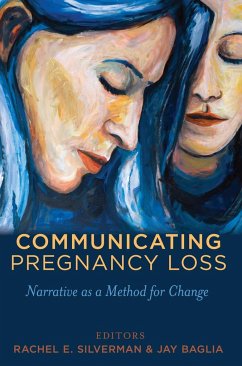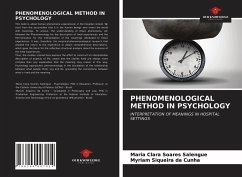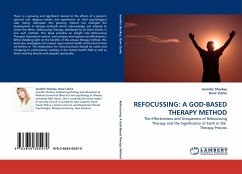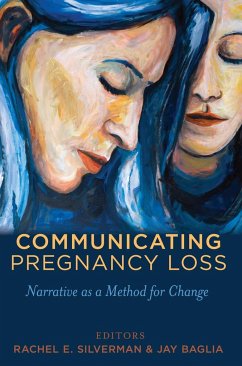
Paranoiac-critical Method
Versandkostenfrei!
Versandfertig in 6-10 Tagen
23,99 €
inkl. MwSt.

PAYBACK Punkte
12 °P sammeln!
Please note that the content of this book primarily consists of articles available from Wikipedia or other free sources online. The Paranoiac-critical method is a surrealist technique developed by Salvador Dalí in the early 1930s. He employed it in the production of paintings and other artworks, especially those that involved optical illusions and other multiple images. The Surrealists related theories of psychology to the idea of creativity and the production of art. In the mid-1930s André Breton wrote about a "fundamental crisis of the object". The object began being thought of not as a fi...
Please note that the content of this book primarily consists of articles available from Wikipedia or other free sources online. The Paranoiac-critical method is a surrealist technique developed by Salvador Dalí in the early 1930s. He employed it in the production of paintings and other artworks, especially those that involved optical illusions and other multiple images. The Surrealists related theories of psychology to the idea of creativity and the production of art. In the mid-1930s André Breton wrote about a "fundamental crisis of the object". The object began being thought of not as a fixed external object but also as an extension of our subjective self. One of the types of objects manifested in Surrealism was the phantom object. According to Dalí, these objects have a minimum of mechanical meaning, but when viewed the mind evokes phantom images which are the result of unconscious acts. The paranoiac-critical arose from similar Surrealistic experiments with psychology and thecreation of images such as Max Ernst''s frottage technique, which involved rubbing pencil or chalk on paper over a textured surface and interpreting the phantom images visible in the texture on the paper.












